Hollywood hills, red carpets, glitzy actors attending a premiere in their fancy gala attire: boring! If you’re looking for a film festival with a little grit and a lot of guts, look no further than independent festival Slamdance.
In 1995, after being rejected by the Sundance Film Festival – more or less the only established forum for indie films at the time – a group of struggling filmmakers decided to crash the party, setting up their own movie showcase next door …literally 30 feet down the hall from the main Sundance venue in Park City’s Prospector hotel.
25 years on, Slamdance can boast of having shone the first spotlight on names like Christopher Nolan, Jared Hess, Lena Dunham and Marc Forster. The festival has grown year by year, launching spin-off events and new initiatives like its own Screenplay Competition and Slamdance on the Road, a travelling theatrical showcase that screens films for audiences across the US. Impressively, and despite its success, Slamdance has never lost its rebellious attitude or its original mission to be a festival “By Filmmakers, For Filmmakers”.
Ahead of the festival’s 25th edition (25-31 January 2019 in Park City, Utah), we chat with Slamdance president and co-founder Peter Baxter about what makes Slamdance, well, Slamdance.
How would you describe the Slamdance Film Festival to people that don’t know what it is?
Slamdance is a revolutionary force that has successfully discovered, developed and supported independent artists for 25 years. Or, we’re an island of misfit toys that give shape to our cultural future.
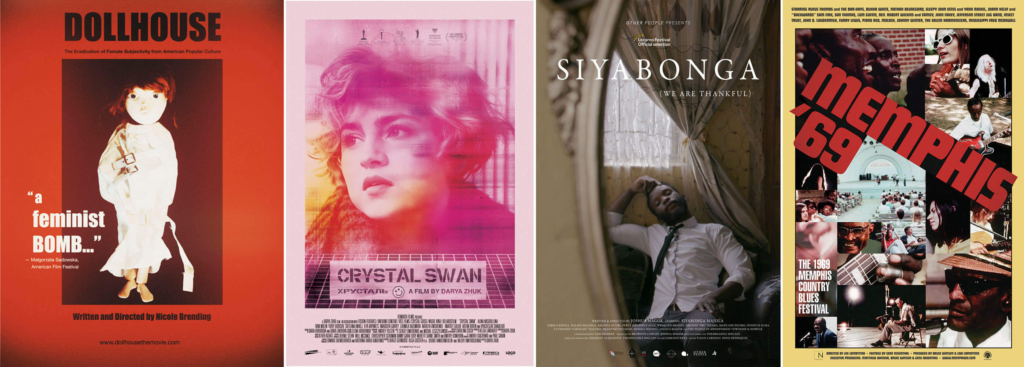
What has been the most challenging part of Slamdance’s development?
The entertainment industry generally doesn’t invest in developing new talent over a longer period of time. It likes to see instant success, and few are willing to develop new artists, but the benefits of doing just that are easy to see at Slamdance. Artists who first showed their works at the festival have gone onto to earn over 16 billion dollars at the box office. Though their talent was immediately obvious to us, the fact is that few industry members acted on nurturing these artists. That’s something Slamdance had to start doing.
Slamdance has battled celebrity culture. Independent film is made beautiful by a small group collaborating with limited means to create unique work, not by a star who too often defines its commercial appeal. As the monolithic studio system is eroded away by new technologies, the concept of celebrity has started to shift. Global platforms like YouTube have allowed media audiences to identify and push potential celebrities into the spotlight, rather than passively consume what top-down celebrity culture puts on magazine covers.
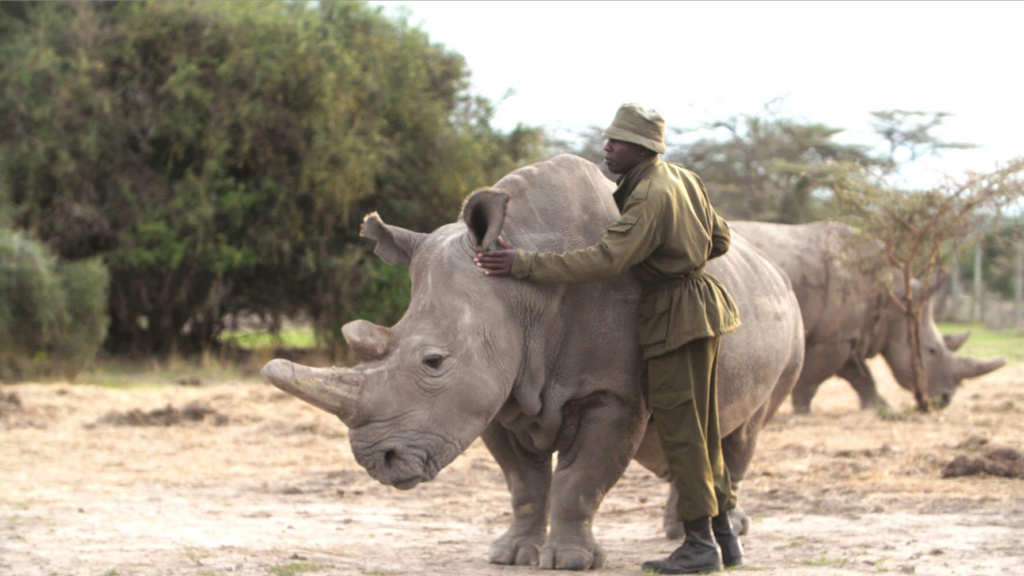
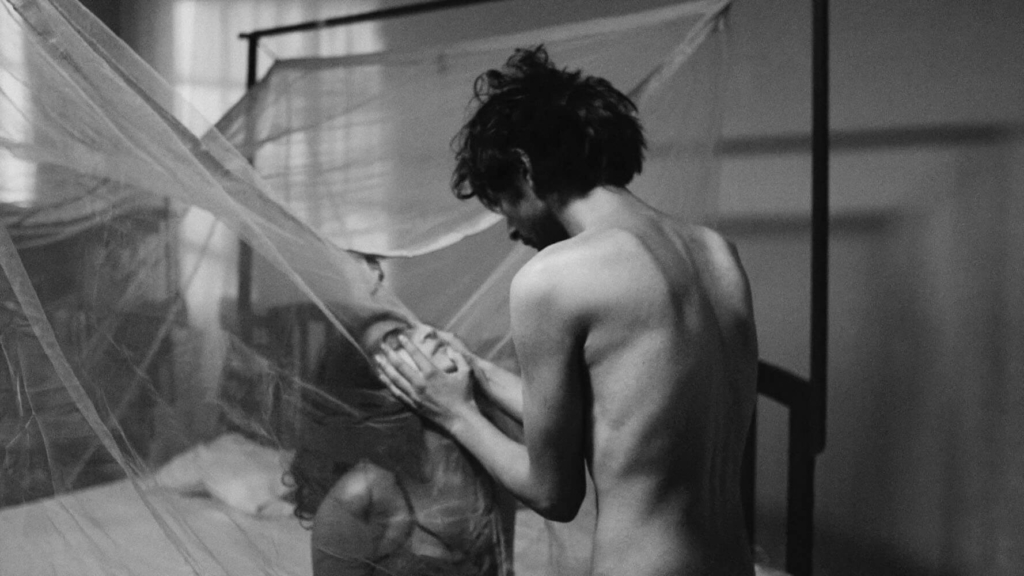
[Photo Left: Sudan: The Last Male Standing, by Andrew Brown. Photo Right: Cat Sticks, by Ronny Sen]
I believe distribution companies can create a successful landscape for themselves and independent artists whereby they leverage an array of celebrity without sacrificing artistic cred. But we don’t know if the historical cult of celebrity will win out, leaving independent filmmakers in the shadows.
Name three things that Slamdance has and Sundance doesn’t have.
1. A touch of madness. A first film is often a time of madness. For 25 years, Slamdance has broken boundaries by championing these films and the artists who made them. We’ve been criticised and celebrated for doing so.
2. Artist-led: By filmmakers, for filmmakers. 199 filmmakers programmed Slamdance this year. There’s no hierarchy in this process. Everyone has the same power. Wherever the filmmaker is from, you are treated in the same way as everyone else who submits to Slamdance. All of Slamdance’s competition films are programmed from our official submissions.

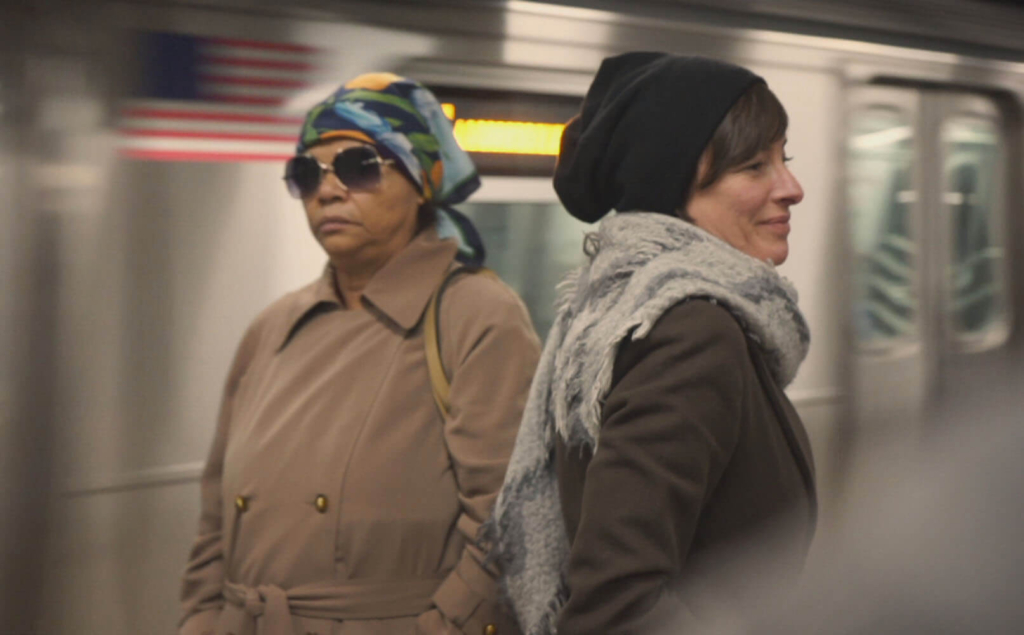
[Photo Left: Happy Face, by Alexandre Franchi. Photo Right: Impetus, by Jennifer Alleyn]
3. The Russo Fellowship. Alumni Anthony and Joe Russo give back to the community that first helped them with an annual fellowship prize of $25,000 and mentorship of a next project. Yassmina Karajah is our current recipient, and Anthony and Joe are now helping Yassmina develop her short film that played at Slamdance into a feature.
Would you say the festival has inspired other festivals?
We have, especially those who are supporting younger artists in their community. We hear inspiration often comes from Slamdance being an artist-led organisation. We tell them that if Slamdance can do it, so can they. Sometimes we will get involved in their start-up, like the Nòt Film Festival that recently began in Romagna, Italy.
Regarding your own works behind the camera – in particular Wild In The Streets and Spirit Game: Pride of a Nation – what is it about sports that inspires you as a subject for your films?
Both of these films show sport as a meaning of life.
In Wild In The Streets, we discover how a determined community values an ancient football game – not in pounds or dollars, but in friendship and good sportsmanship.
In Spirit Game, we created a story around the Iroquois Nationals battle to win the World Lacrosse Championship, and we also showed how the game identifies a sovereign indigenous nation. The theme of identity binds these two vastly different cultures together. One represents the resilience of the Iroquois people to survive Western civilisation and their determination to support indigenous people as a whole. The other represents the people of Ashbourne, England taking on the negative impact of modern society that surrounds their community. As a filmmaker I’m interested in stories that involve smaller cultures coming up against greater powers.
In your opinion, what have been the best projects and initiatives connected with Slamdance thus far?
As a whole, developing Slamdance into a year-round organisation has been the best project. We now have a popular screenplay competition for emerging writers, our DIG (Digital, Interactive and Games) showcase, On The Road screenings, Cinema Club at AcLight in Hollywood and Slamdance Presents (that represent our film distribution and productions)
Everything we do represents our mission to champion emerging artists who in turn will share our cultural future.
Would you say it’s difficult to remain committed to your original mission with the festival?
No. It’s very clear. We answer to no one. We are Slamdance.
[Photo at top: History of Love, courtesy of Sonja Prosenc]


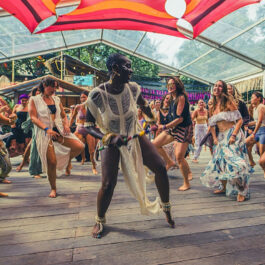


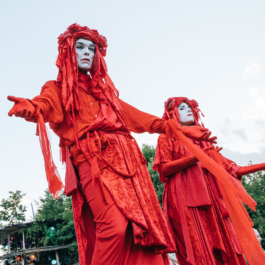
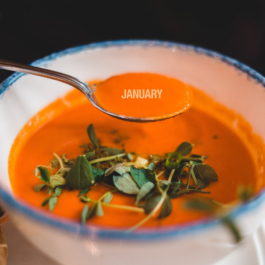

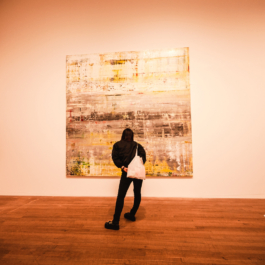



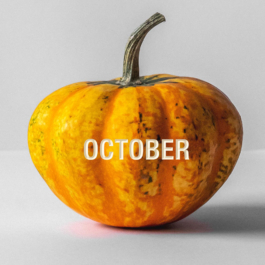

Sorry, the comment form is closed at this time.